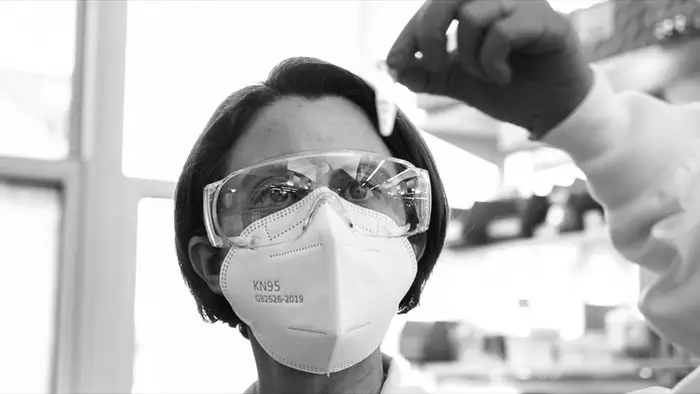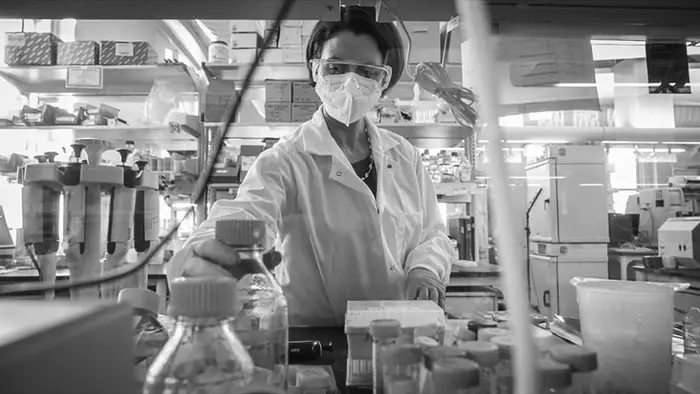Delivering mRNA Therapeutics to the Pancreas
Media Inquiries
"We've created technology that delivers to a very important organ." — Kathryn Whitehead
by Lauren Smith
When nanoparticles need to go to the pancreas, Kathryn Whitehead(opens in new window) can get them there.
"We've created technology that delivers to a very important organ," said Whitehead, a professor of chemical engineering(opens in new window) and biomedical engineering(opens in new window) at Carnegie Mellon University.
Whitehead is improving delivery systems by changing the chemistry of the nanoparticles to reroute them in the body, putting CMU researchers one step closer to unlocking the potential of gene therapeutics to treat incurable pancreatic diseases.
As witnessed with the COVID-19 vaccines, mRNA therapy has the potential to revolutionize modern medicine. To work, mRNA requires a nanoparticle delivery vehicle to protect it and escort it to the place in the body where it is needed.
This approach has a major limitation. Currently, most lipid nanoparticles (LNPs) can deliver mRNA only to the liver, spleen and lungs — all part of a system that clears nanoparticles from the bloodstream: the reticuloendothelial system (RES). It is easiest to design nanoparticles to deliver mRNA to these organs because they naturally accumulate there.
The forefront of the mRNA delivery field is to identify nanoparticles that take mRNA to alternative organs, such as the pancreas. To do so, researchers must change the chemistry of the nanoparticles to facilitate their delivery to hard-to-reach organs without first being cleared by the RES.
"In the last couple of years, it's become increasingly clear in the field, by my own group and others, that when you change the chemistry of the particle, you are then changing the types of proteins in the blood that adhere to the surface of the particle. Those unique sets of proteins can guide the particles to different places," said Whitehead.
Kathryn Whitehead at work in her lab.
Whitehead's group recently published a new paper in the journal Science Advances(opens in new window) that details the new nanoparticle they developed, led by postdoc Jilian Melamed, to deliver mRNA to the pancreas. This was accomplished using intraperitoneal (IP) injection, which in this case provides better pancreas targeting compared to intravenous (IV) administration, and is appropriate for treatment of incurable diseases.
When Whitehead's group determined the cell types to which the nanoparticles delivered mRNA, they were surprised. They found the most protein expression within the beta cells of the pancreatic islets, which account for a very small percentage of pancreatic tissue. Beta cells produce insulin.
"This unexpected delivery to the islets would enable treatments for several very serious conditions, including Type 1 diabetes and a type of pancreatic cancer that originates within these islets," said Whitehead. Both are notoriously hard to manage with current treatments.
Whitehead hopes the technology can one day be used in alpha-to-beta transdifferentiation as a treatment for Type 1 diabetes. Beta cells are destroyed in the disease. The vision is to use mRNA to reprogram pancreatic alpha cells to produce insulin. Delivering mRNA to the pancreas could subsequently provide more effective and less onerous treatments to patients.
Whitehead's lab is now focused on better understanding the delivery mechanism so that they can improve it. Once they have optimized the technology further, they will continue their work with clinicians who can advise on the best gene targets to achieve therapeutic effect.
— Related Content —




